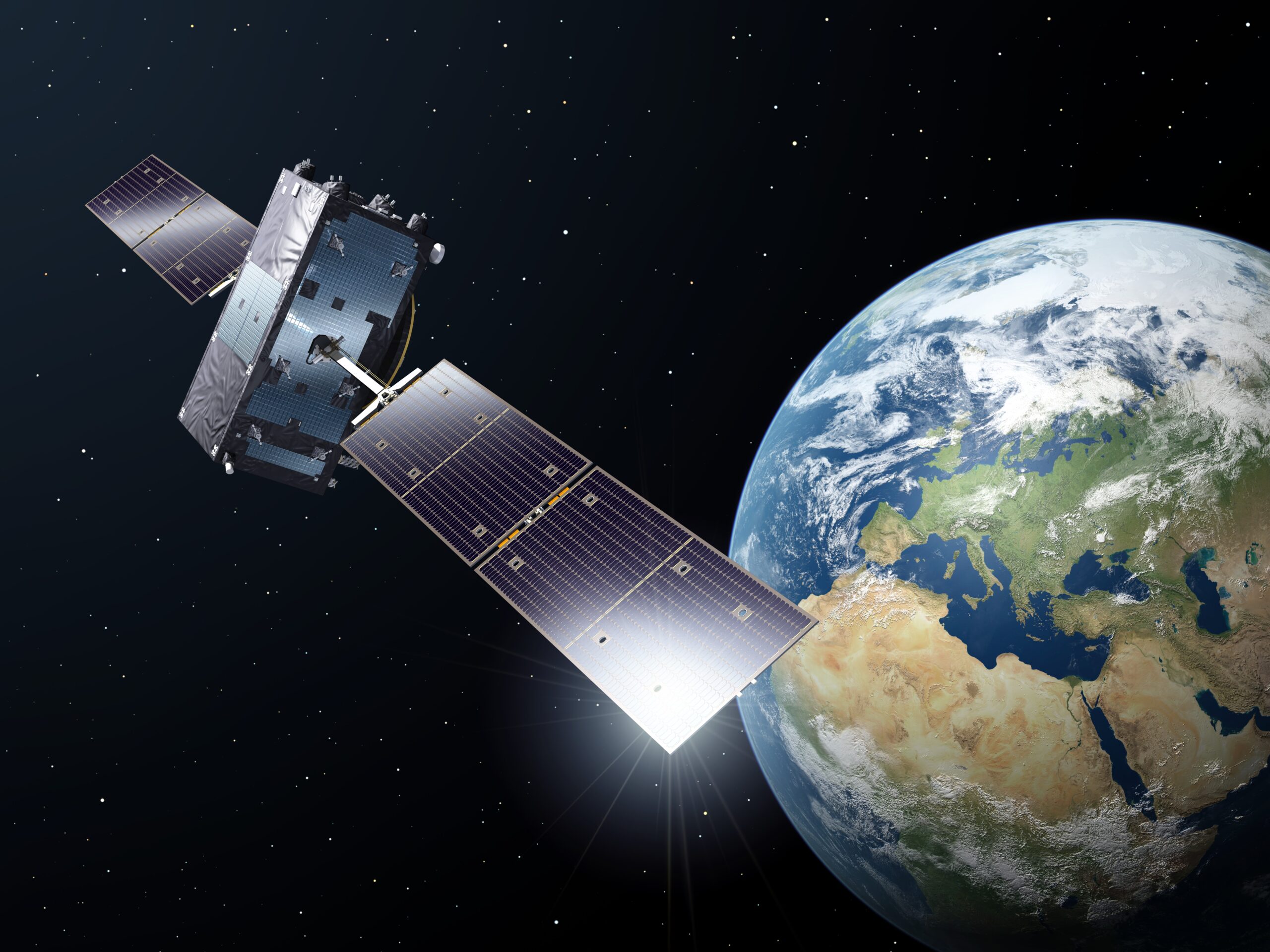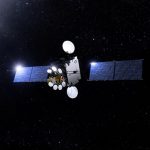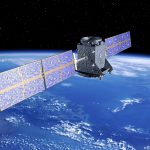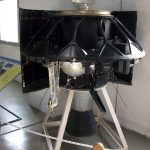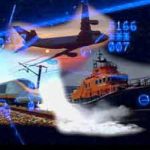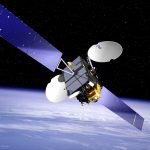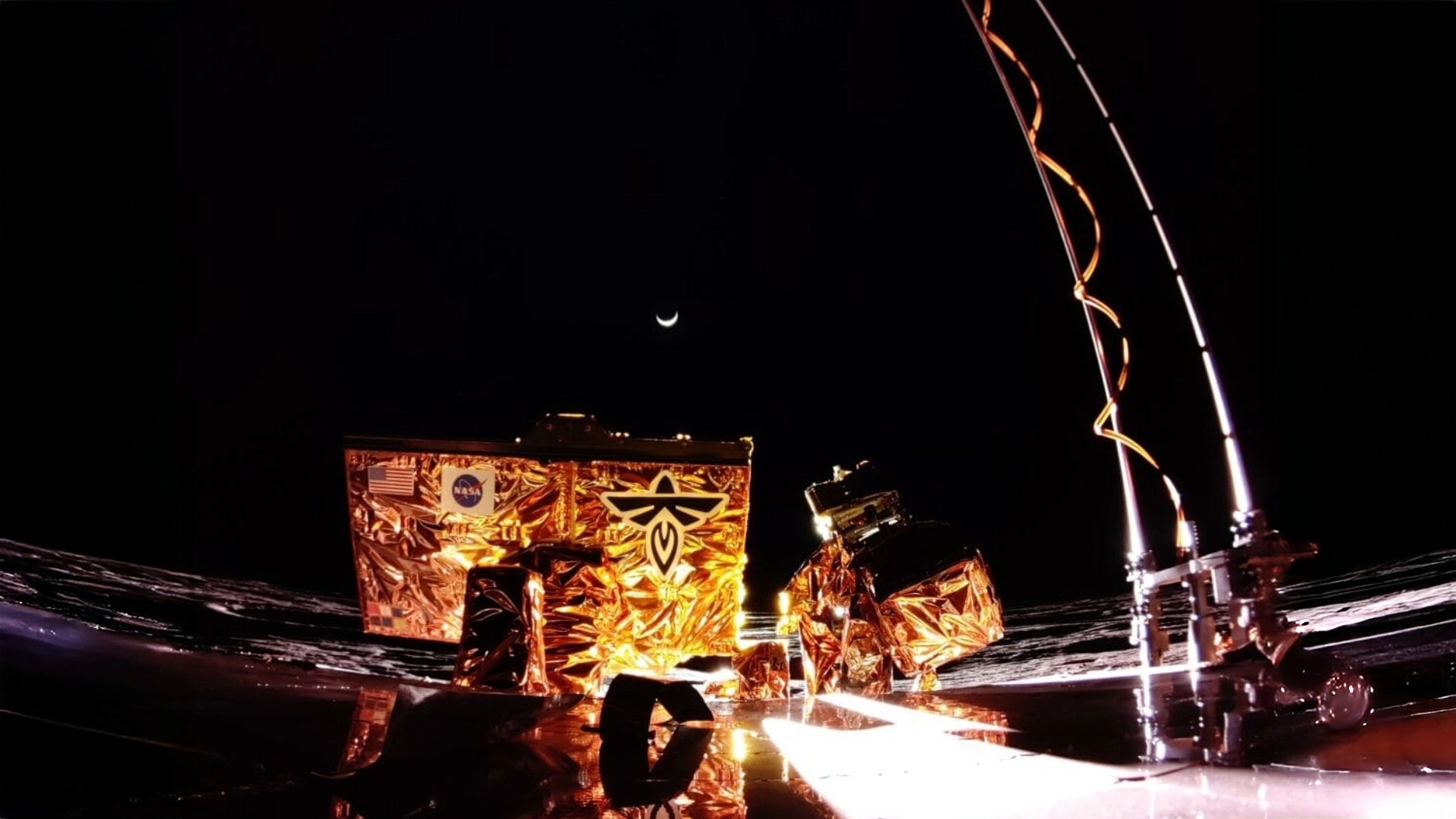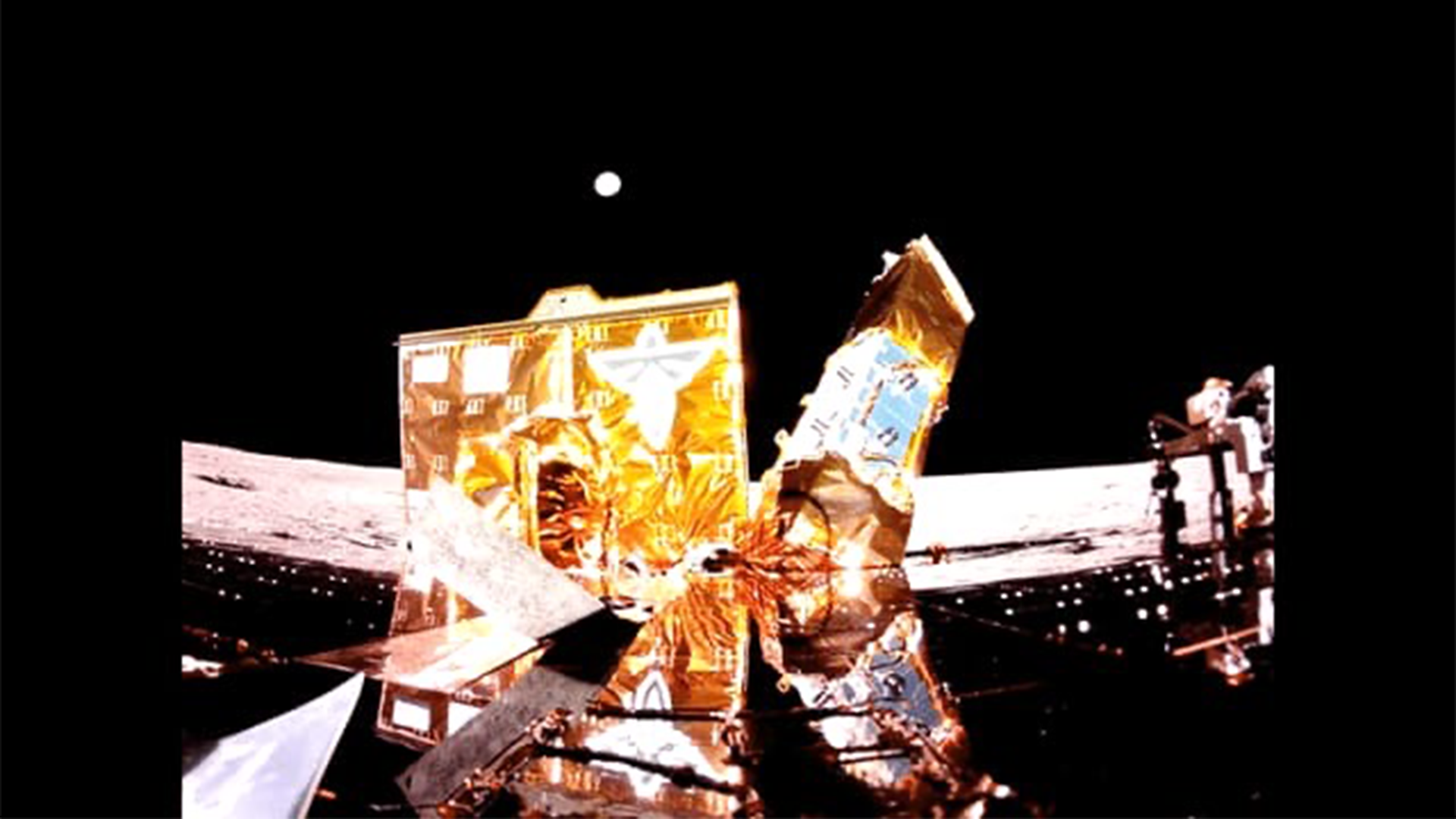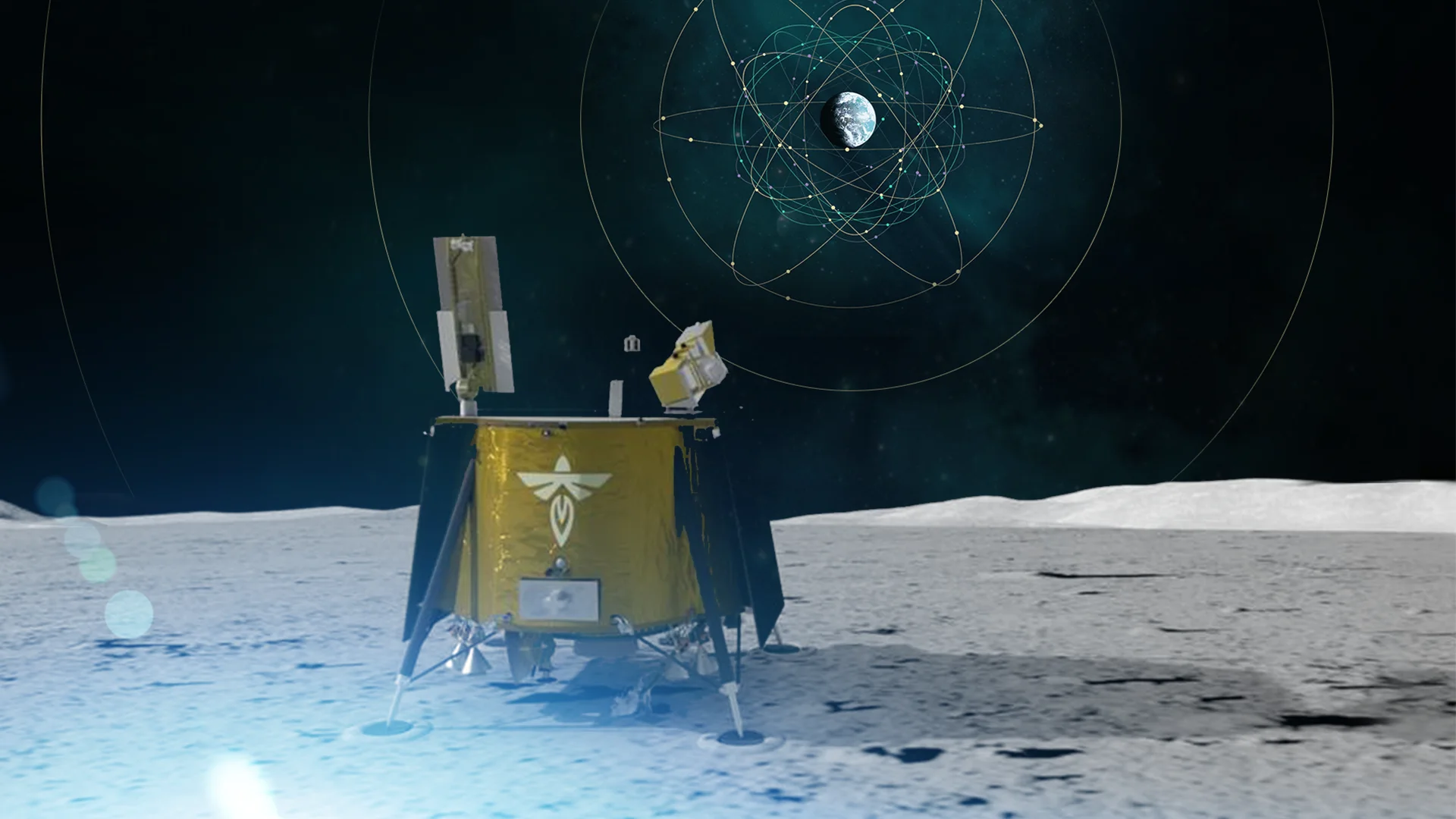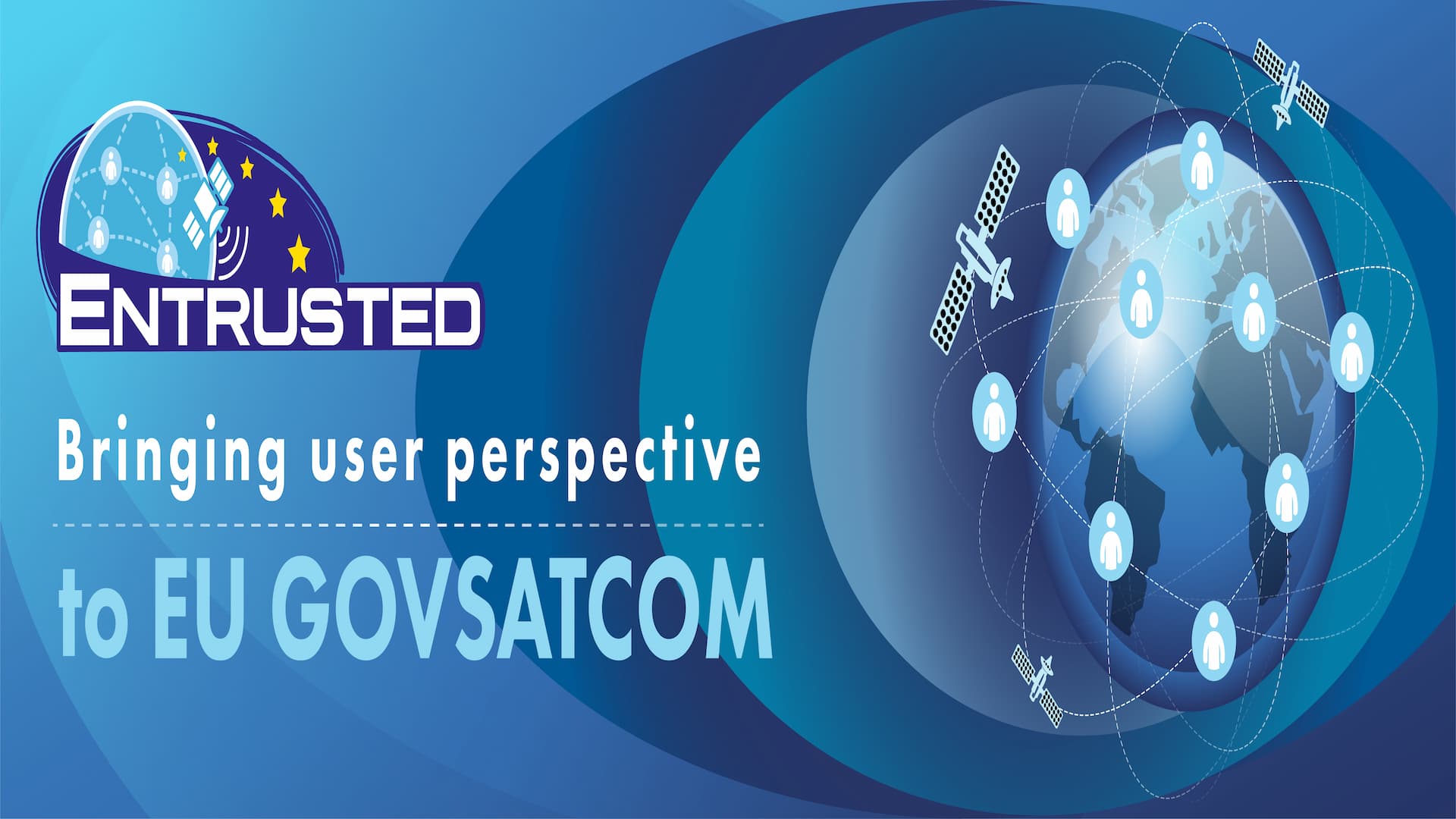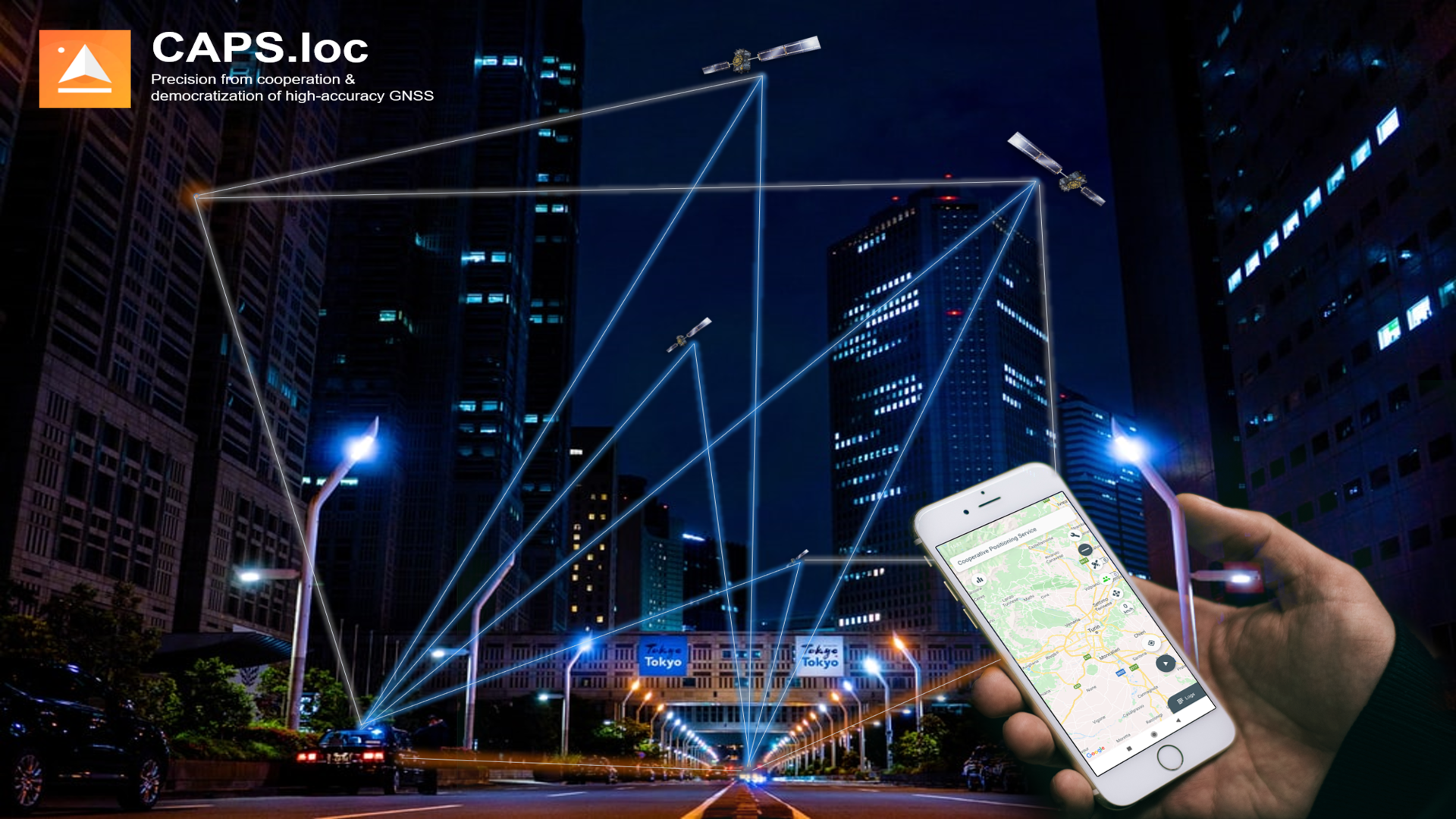Our planet is surrounded by a web of satellites, which allow us to receive images coming from every part of the world, make phone calls everywhere, monitor the movement of work vehicles and make air and naval navigation safe. A global network, which is already radically changing our daily life and will do so more and more in the next few years, giving an essential contribution to the economic development.
Through the Italian Space Agency, Italy gained a significant role in this industry thanks to important investments. At a national level, it manufactured the Sirio (1977) and Italsat F1 and F2 (1991, 1996) satellites. At a European level, it took part in several satellite development projects, including Artemis (2001).
Furthermore, the ASI is committed to implement a national strategy for Galileo, the European positioning and satellite navigation system which entered service at the end of 2016.
The future of the industry of telecommunication and navigation is linked to a new generation of satellites, designed to adapt to different missions: from mobile communications to multimedia services, from environmental monitoring to satellite-assisted navigation for precise positioning in air, sea and land transportation.

